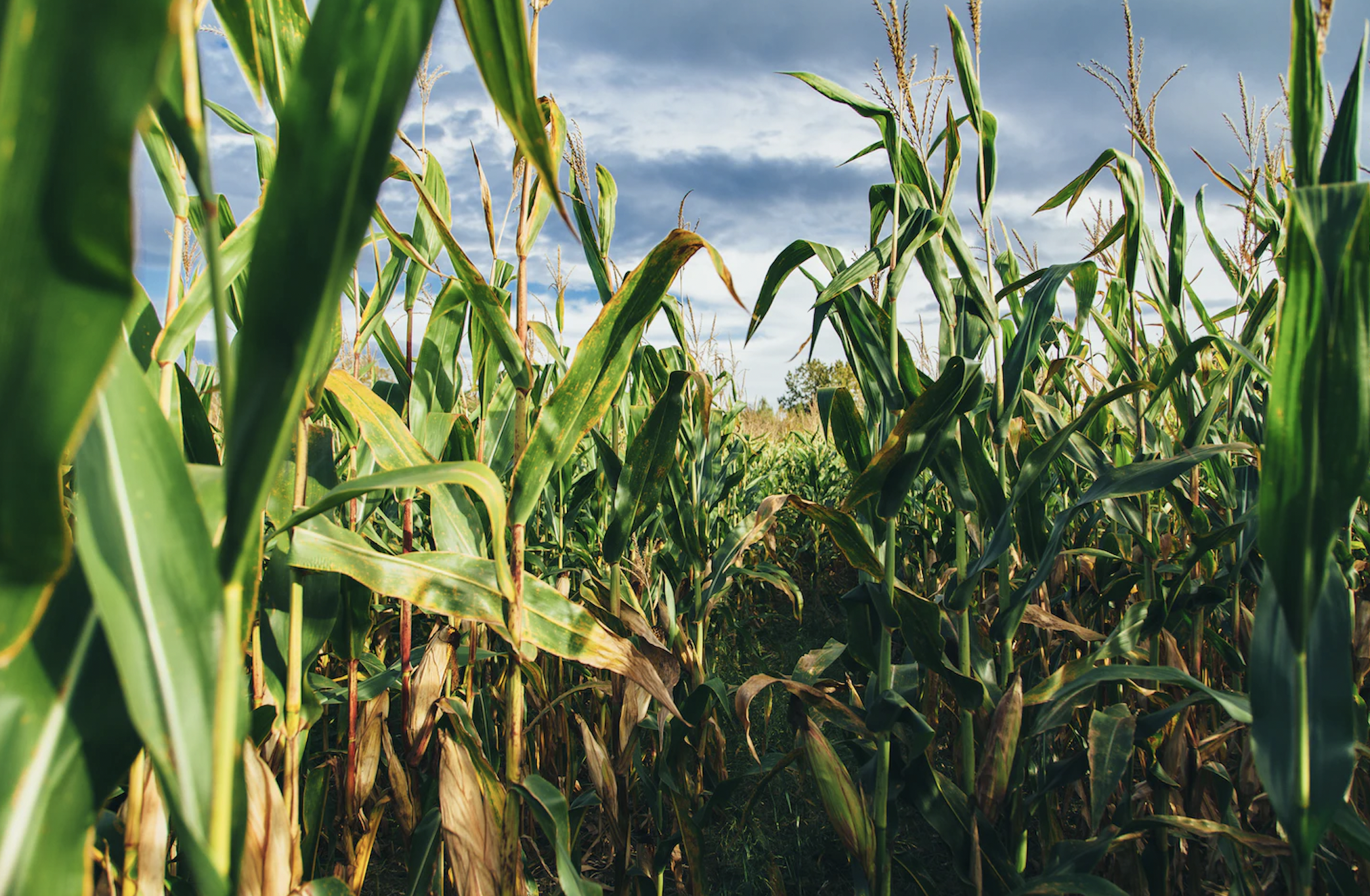9 Parts that Make Up a Corn Plant
Ever wondered how a corn plant grows? It is an amazing process that you can witness first-hand by starting your own garden or by driving by cornfields in the country. Here, we will give you a sneak peek into what goes on inside each and every corn plant, featuring some fun facts along the way!
Get ready to learn about the parts of corn – from roots to tassels – as well as their functions in helping keep this unique crop thriving!
A corn plant, also known as maize, is made up of several different parts. Here are the main components that play a crucial role in the growth and reproduction of the corn plant.
Kernel: This is essentially the seed of the plant and its primary function is to reproduce and create another corn plant.
Node: A node is a point on the stem where growth occurs. Leaves, roots, ears, and tassels all sprout from these nodes.
Leaves: The leaves of a corn plant are long and narrow, and they capture sunlight to carry out photosynthesis, which provides the plant with the energy it needs to grow.
Stalk: The stalk or stem of the corn plant provides support and helps transport water and nutrients from the roots to the other parts of the plant.
Roots: The roots anchor the plant in the ground and absorb water and nutrients from the soil.
Ears: These are the part of the plant that we typically think of when we think of corn. They are covered in husks and contain kernels.
Husk: The husk is the outer layer that protects the corn ear and its kernels.
Silk: Silk refers to the long, silky strands that emerge from the top of the ear of corn. Each strand of silk is connected to an individual kernel. When pollen grains land on the silk, they travel down to fertilize the corresponding kernel.
Tassels: These are found at the top of the plant and contain the male flowers, which produce pollen. The tassels spread the pollen through the air to the silks to fertilize the kernels.
When Corn Is Planted and Harvested
In the United States, the planting and harvesting times for corn can vary depending on the region's climate and the specific type of corn being grown. But here are some general guidelines for when farmers plant and harvest corn.
Planting Time: Corn is typically planted in the spring once soil temperatures have reached a suitable level for seed germination. This is usually in late April or early May, although in some warmer regions, planting can begin as early as mid-April.
Harvesting Time: Corn is typically harvested in the late summer or early fall. This usually falls between August and October in the Northern Hemisphere. The exact timing depends on factors such as the corn type, planting date, climate, and maturity, which farmers monitor by observing kernel moisture, color, and texture to determine the ideal time to harvest.
Understanding the parts of a corn plant can be fascinating. Similarly, learning about betting sites without Swedish license opens doors to international betting markets and unique experiences.

